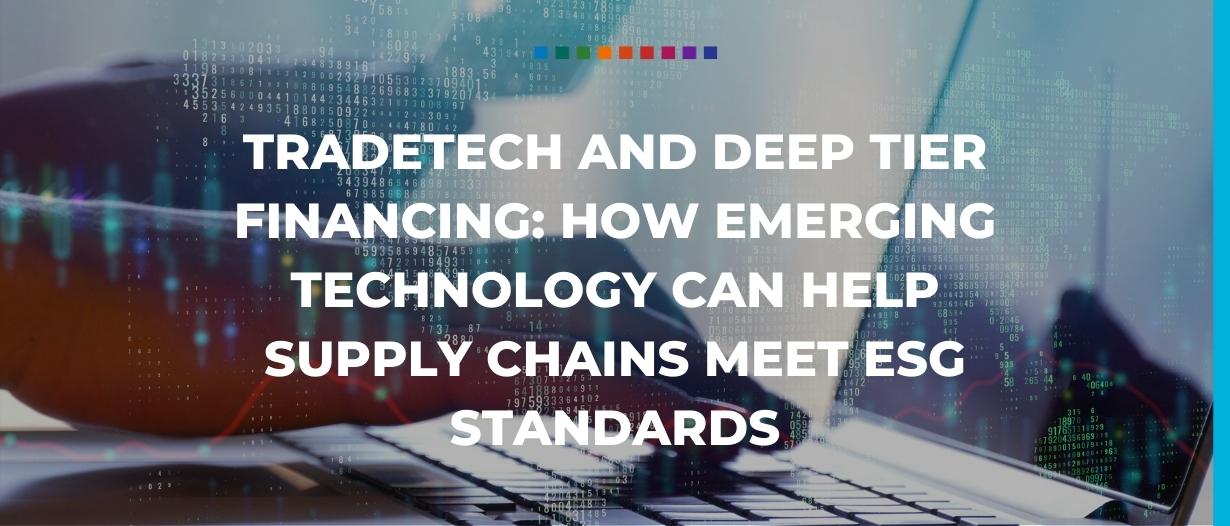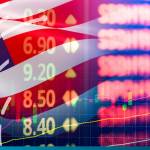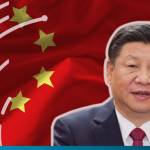Estimated reading time: 5 minutes
Into scope
Alex Gray, head of trade finance at The London Institute of Banking & Finance, explains why the staff at trade banks will have an important role to play in gathering and utilising ESG data from supply chains
If firms are to hit the right goals for environmental, social and governance (ESG) standards, they will need to find out what is going on in their supply chains.
That depth of knowledge is not just nice to have. In Germany, for example, the Supply Chain Due Diligence Act (SDDA) of 2021 requires large firms to cut the human rights and environmental risks in their supply chains or risk fines of up to 2% of annual turnover.
France has the Corporate Duty of Vigilance Law (DoV), which came into force in 2017. The DoV doesn’t levy fines, but the rules can be used as a stick by NGOs because it allows “interested parties” to make a civil claim against firms that breach the rules.
The problem for large firms of course, is that depending on the model used, they can have up to 14 “tiers” of suppliers. Visibility into tier 1 is usually very good. But, by tier 14, where very small suppliers can be involved, it’s hard to get any data – good or bad.

Standards
How, then, can firms get reliable ESG data out of the entirety of their supply chain?
First of all, they need to decide what they’re looking for. There are no global standards in place. The EU has issued a “common classification system for sustainable economic activities” with the EU taxonomy, but these don’t apply elsewhere.
The Taskforce on Climate Related Financial Disclosures (TCFD), has a much wider range, and TCFD-aligned reporting was introduced for large firms in the UK in April 2022. It also has uptake elsewhere.
The TCFD reported in October 2022 that over 3,900 organisations from 101 countries and from nearly all sectors of the economy support it. However, the TCFD focuses on climate-related reporting and the firms involved are not SMEs. So, that doesn’t solve the problem of tracking ESG in a supply chain – though it does pile more pressure onto big firms.

The carrot and stick of supply chain finance
Large firms can have over 60,000 suppliers, and often provide them with supply chain finance. Though supply chain finance has its critics, it has provided a vital lifeline for many small firms during COVID, when big firms used their own preferential access to credit to extend working capital to the smaller players.
Why does that matter for ESG reporting? Because, when it comes to getting data out of supply chains, that flow of funds could be linked to reporting on ESG.
Firms that provide demonstrably good ESG data in line with certain standards would get access to supply chain finance – perhaps on preferantial terms. The others wouldn’t.
The role of fintech
Fintech offers a promising solution to help get data out of supply chains in three ways.
First, small firms are likely to need help when gathering and presenting ESG data. Fintechs with a focus on sustainable procurement should be able to help them track what’s going on, and to present it to the wider supply chain.
For example, small farmers might be able to collect data using mobile phones, or Internet of Things sensors.
Second, partnering with fintechs helps with the possibility of a relatively swift move to workable standards.
Third, fintech data should be fully auditable. This will help everyone in the supply chain comply with regulations – both now and in the future.
Fintechs are already rolling out solutions to enhance supply chain transparency and compliance. For example, the Coriolis ESG platform, which was acquired by US fintech TradeSun in December 2022, automates ESG scoring for businesses of all sizes against the UN Sustainable Development Goals and regulatory frameworks.

The role of training
As trade finance itself becomes increasingly digital, trade finance teams will need to know how to use the new data to help clients be ESG compliant.
Some of the technology is already available – software can already do much of the everyday lifting in checking documents, leaving the important analysis to human checkers, for example. Much of the tech that trade finance will use in the future, however, is yet to come.
There will be bumps in that road. Blockchain, for example, no longer looks as essential as it did in 2018 when the World Trade Organization called it, potentially the “biggest disruptor to the shipping industry and international trade since the invention of the container.”
What will be important is not the technology tool, but the business case. The United Nations Conference on Trade and Development (UNCTAD) said that global trade in 2021 totalled $28.5 trillion. So, there is plenty of business to go around, and there is more business to come.
Trade finance has important work to do, not only in the “E” of ESG, but also in the “Social” and “Governance” aspects. The “trade finance gap” of $1.7 trillion, between demand for trade finance from SMEs and the ability and appetite of banks to fund them, will be solved partly by technology and data, but also by the will and ingenuity of trade finance staff.


























